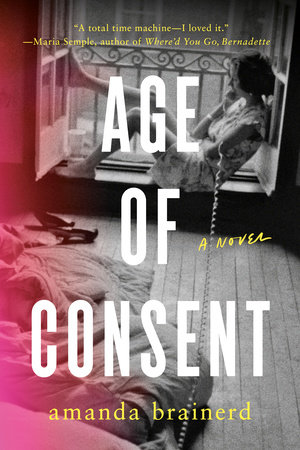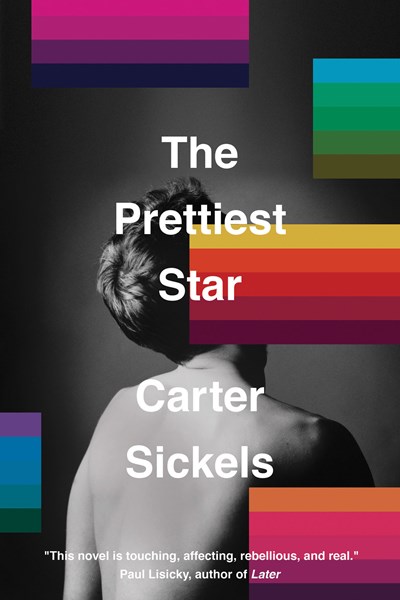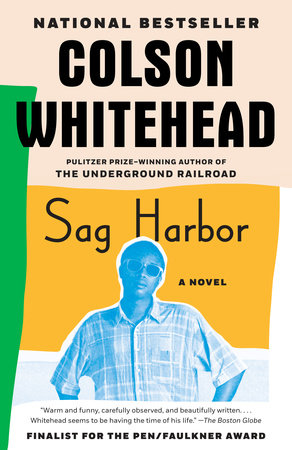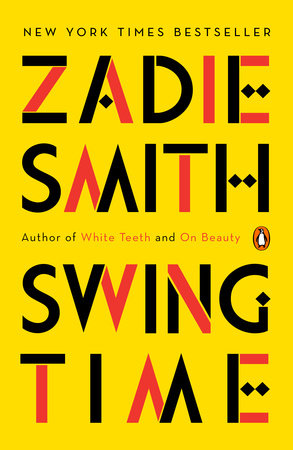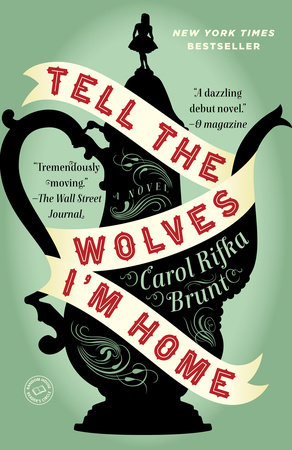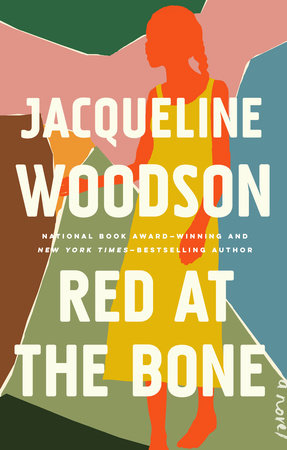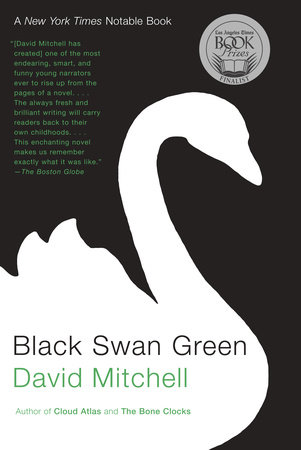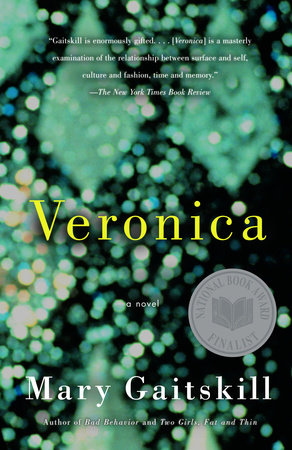Electric Lit relies on contributions from our readers to help make literature more exciting, relevant, and inclusive. Please support our work by becoming a member today, or making a one-time donation here.
.
Ah, the 1980s. New Wave, post-punk, huge hair, the brat pack. Dancing next to Grace Jones at AREA, eating at The Empire Diner at 4 a.m., and spying artist Keith Haring drawing on New York subway walls with chalk. The ’80s was an age of fantasy and freedom. So why are novels set in the 1980s so sad? Because beneath a veneer of hedonism and fun, the 1980s was an era of intractable social stratification, racism, and thousands of deaths from AIDS. There was little sympathy in the air—the 1980s was a materialistic, cynical, and mean decade. Television shows like Dynasty and Dallas glamorized corruption and competition. Reagan’s trickle-down economics and tax cuts for the 1% sharpened the divide between the haves and the have-nots. It is chilling and inevitable to compare the US government’s reaction to AIDS to COVID-19. Just as the Trump administration has allowed the virus to run rampant and to ravage the U.S., the Reagan administration denied AIDS as a health crisis for most of the decade.
I was a teenager in the 80s, and in my novel, Age of Consent, I explore themes from the decade through the lens of my teenage characters. My protagonist, Justine Rubin, a Jewish scholarship student from an intellectual but impoverished family, arrives at boarding school in Connecticut. Justine befriends Eve Shapiro, a sheltered girl from a wealthy New York family. Both Jewish, they hail from different backgrounds, yet forge a deep friendship. Justine must navigate complex class hierarchies, and slowly learns the nuances between the wealth of the Upper East Side and Soho and how her friends Eve, India and Clay fit into this unfamiliar class and wealth puzzle. The novel is set in 1983 when the United States was in the grip of AIDS but in deep denial.
The Prettiest Star by Carter Sickels
Sickels’ novel is a beautiful and poignant portrait of a young man returning to die in the rural community that rejected him. It is a new kind of portrait of the AIDS crisis, told as a closely observed family drama.
Christodora by Tim Murphy
The Christadora is a famous apartment building in NYC’s East Village, and its evolution from a squat to luxury apartments has become a symbol of the neighborhood’s gentrification. This ambitious novel moves between the Tompkins Square riots of the 1980s, which were aimed at eliciting a proper governmental response to AIDS, to the glass high rises of today. Murphy paints a compelling picture of the community of activists that transformed queer life in the 1980s, and the people who stood in solidarity to show the world that AIDS was a disease that affected more than just gay men.
Sag Harbor by Colson Whitehead
An intimate portrait of the wealthy Black community in the Hamptons, Whitehead’s coming of age novel is set in 1985 and follows 15-year-old Benji during a summer in Sag Harbor at his moneyed parents’ house. Growing up, I was keenly aware of the racism and anti-Semitism in the Hamptons, which was the New York City version writ large, fueled by money and hidden behind private hedges.
Swing Time by Zadie Smith
This is a tale of the bond between two teenage girls from the projects, and the story of how friendship can tether us to home and comfort even if we travel far away.
Tell the Wolves I’m Home by Carola Rifka Blunt
Another beautiful and personal story of loss. June adores her uncle Finn, a successful artist. When he dies of a mysterious disease that June’s mother cannot bear to name, June sees a strange man hanging around Finn’s funeral. A few days later, she receives her uncle’s teapot, with a note from this man, Toby, her uncle’s lover. June and Toby form an unlikely friendship, sharing stories and memories of Finn in order to heal, while June’s sister Greta is unraveling.
Red at the Bone by Jacqueline Woodson
Woodson’s glorious story of an unexpected teen pregnancy bursts with stunning prose. The story revolves around Iris, a Black teen from a prosperous family, and Aubrey, the son of a struggling single mother. When Iris gets pregnant, the story explodes, divides, and mutates. Woodson examines the choices we make and the ripples that never dissipate.
Black Swan Green by David Mitchell
An exquisite coming of age novel is set in a rural British village in the 1980s. The novel is composed of thirteen chapters that stand alone as stories themselves. I loved the precocious voice of 13-year-old Jason, and how Mitchell portrays the world, once magical, sometimes macabre, through Jason’s young eyes.
Veronica by Mary Gaitskill
Gaitskill is a master of the deadpan. But beneath her vicious descriptions of cruelty, debauchery, and self-harm, lies a tenderness towards her characters, which once discovered is all the more incisive. Veronica alternates between the present and the past of the 1980s, a narrative that the New York Times accurately described as a “’where are they now’ for the Nan Goldin crew.”

